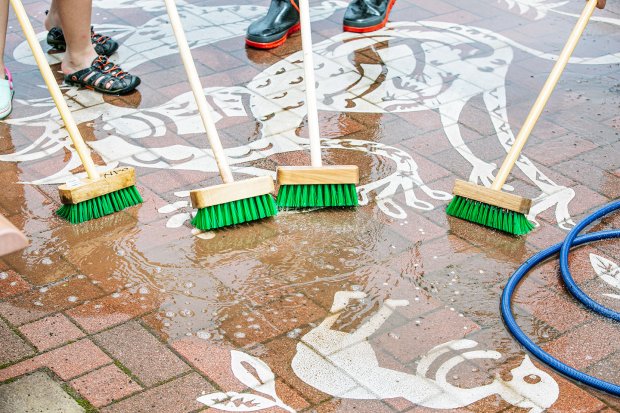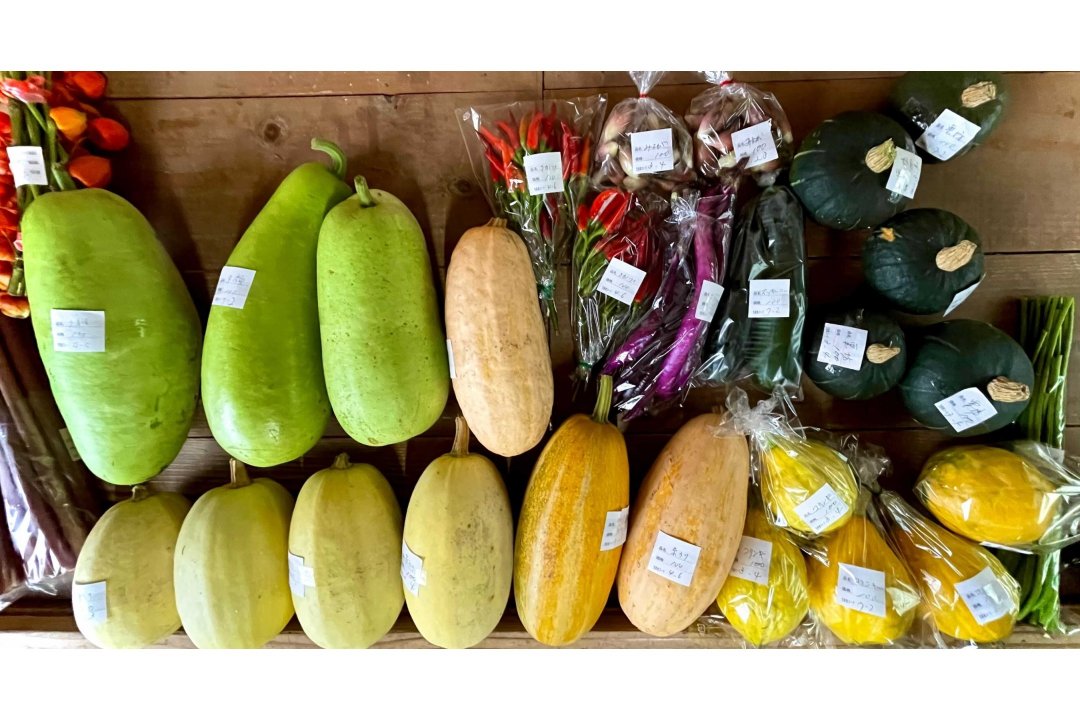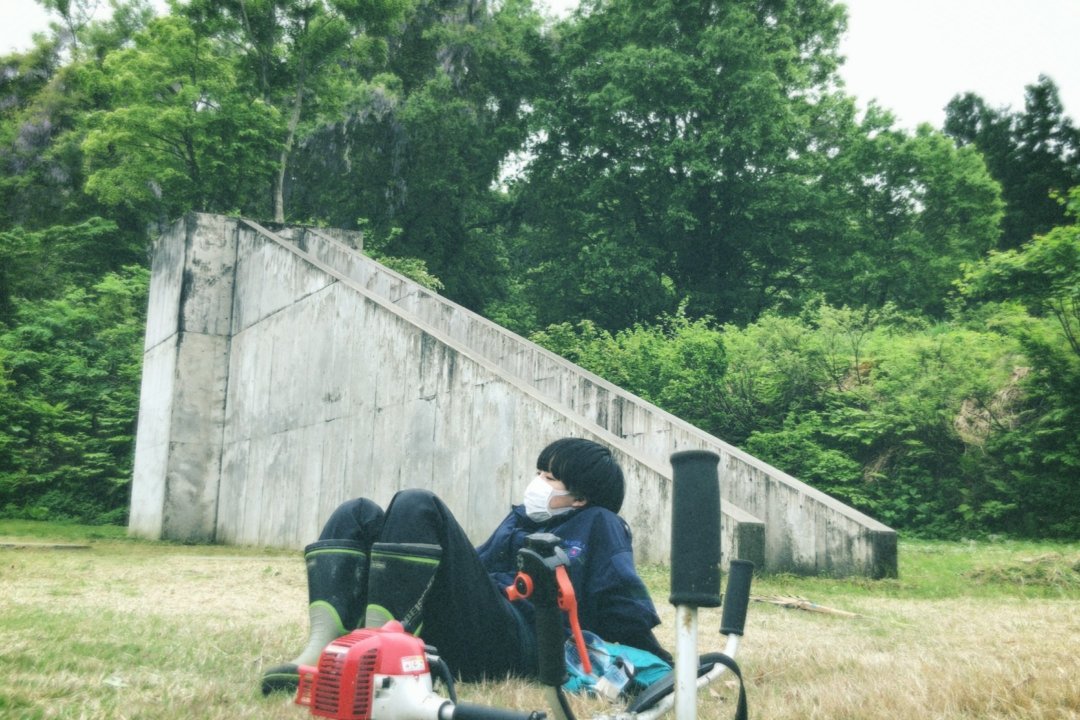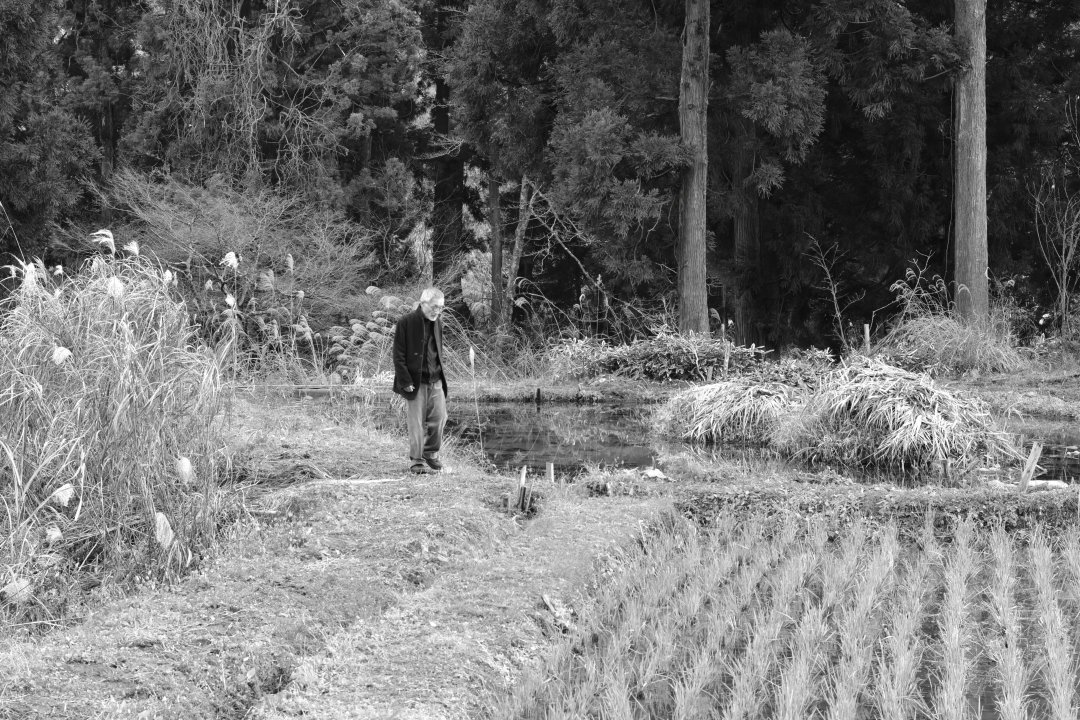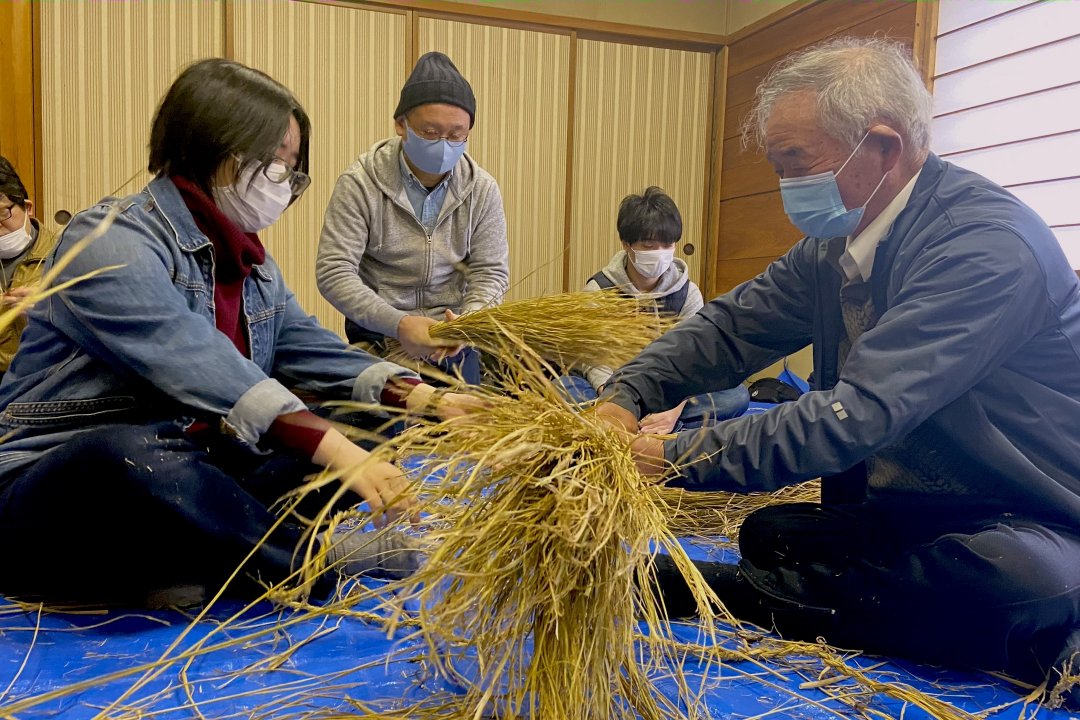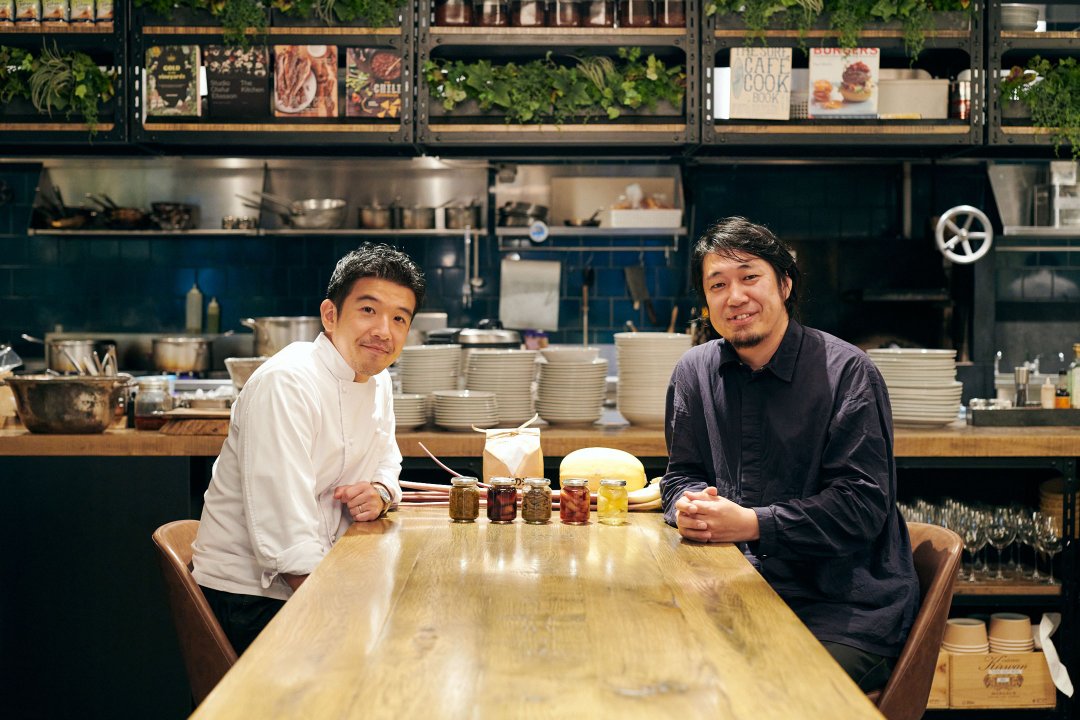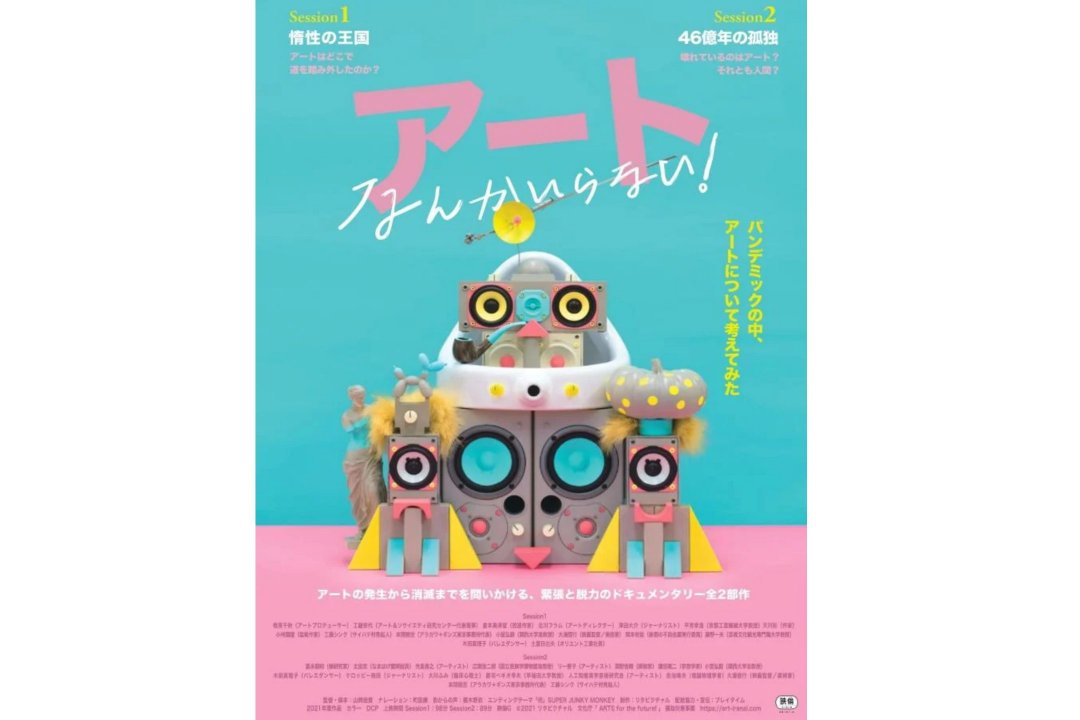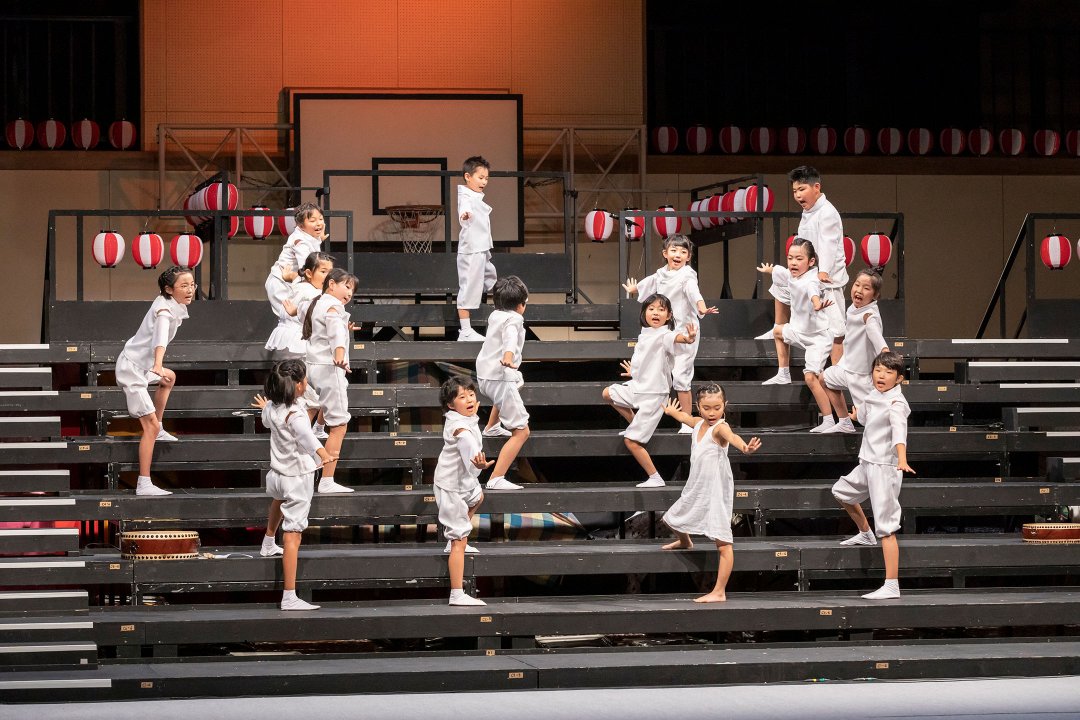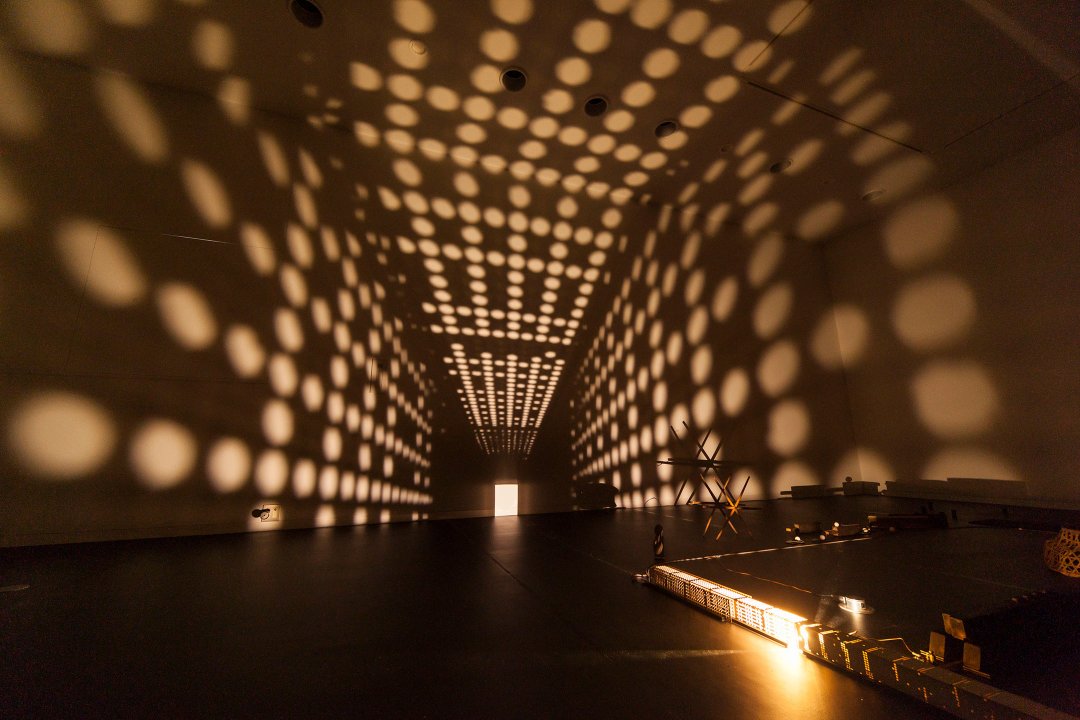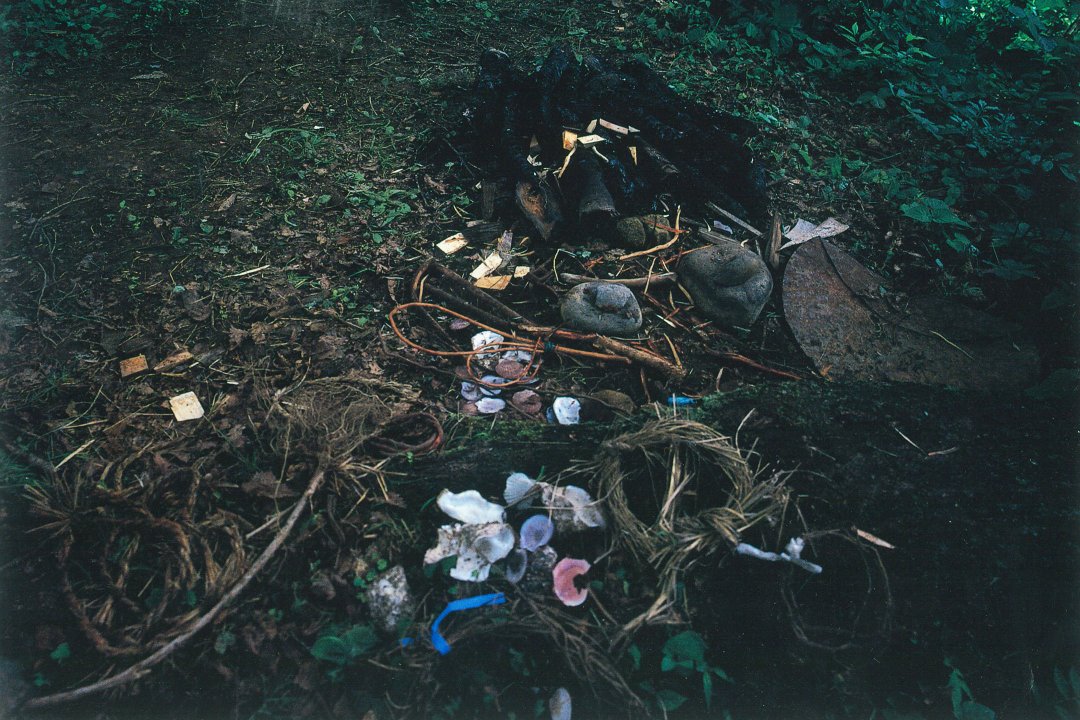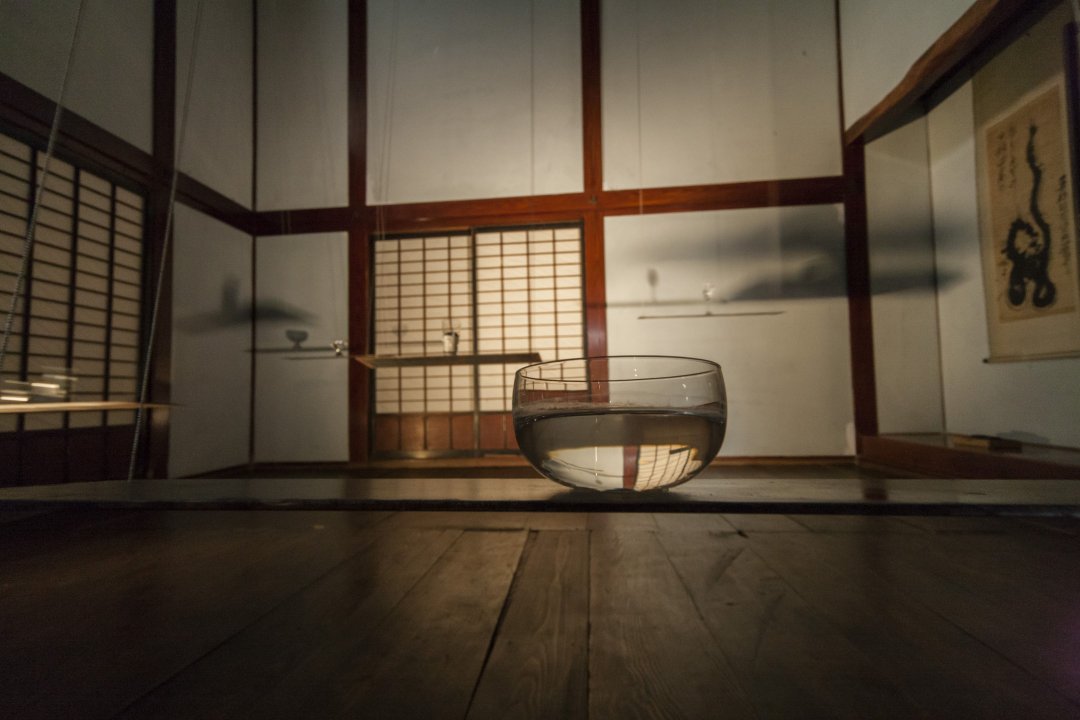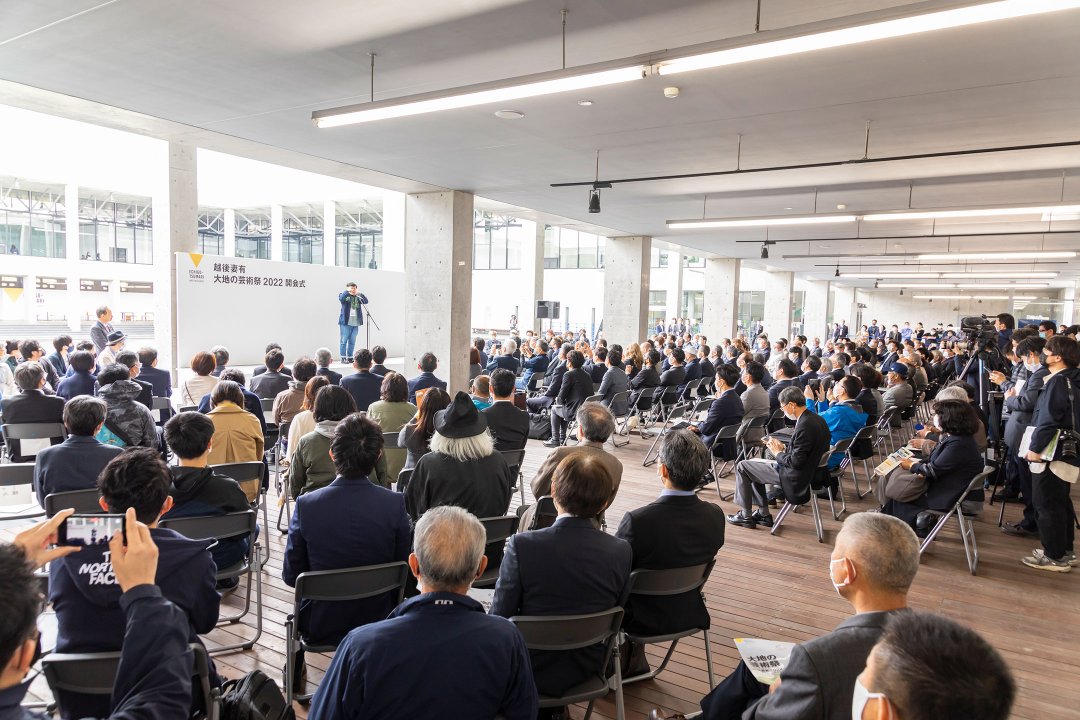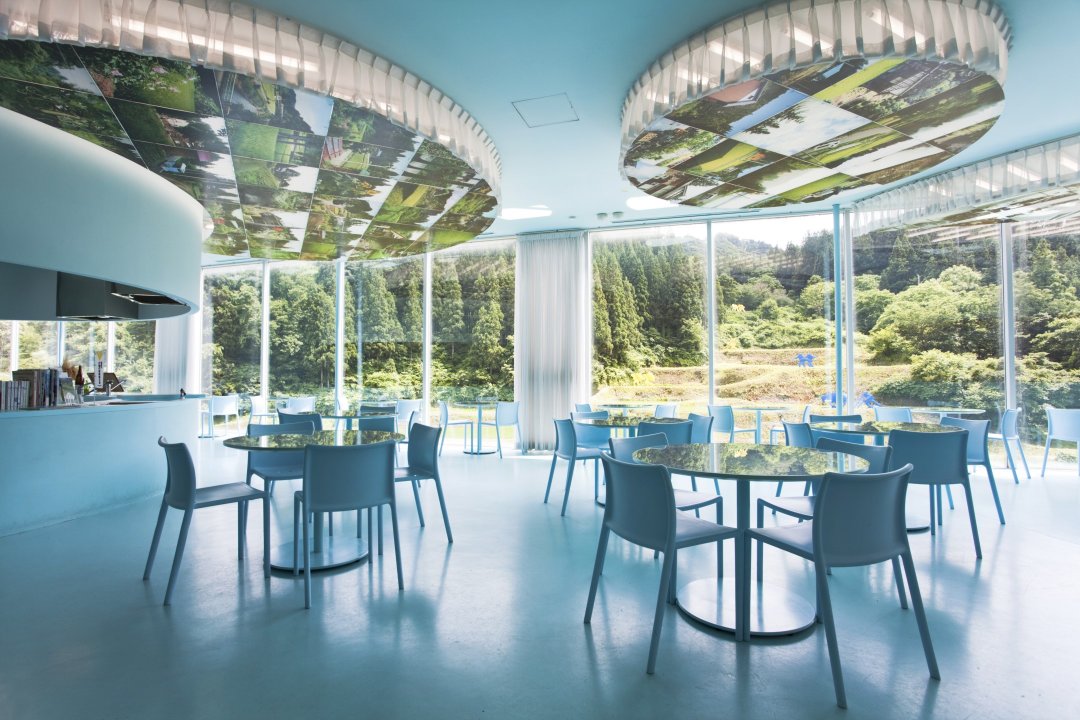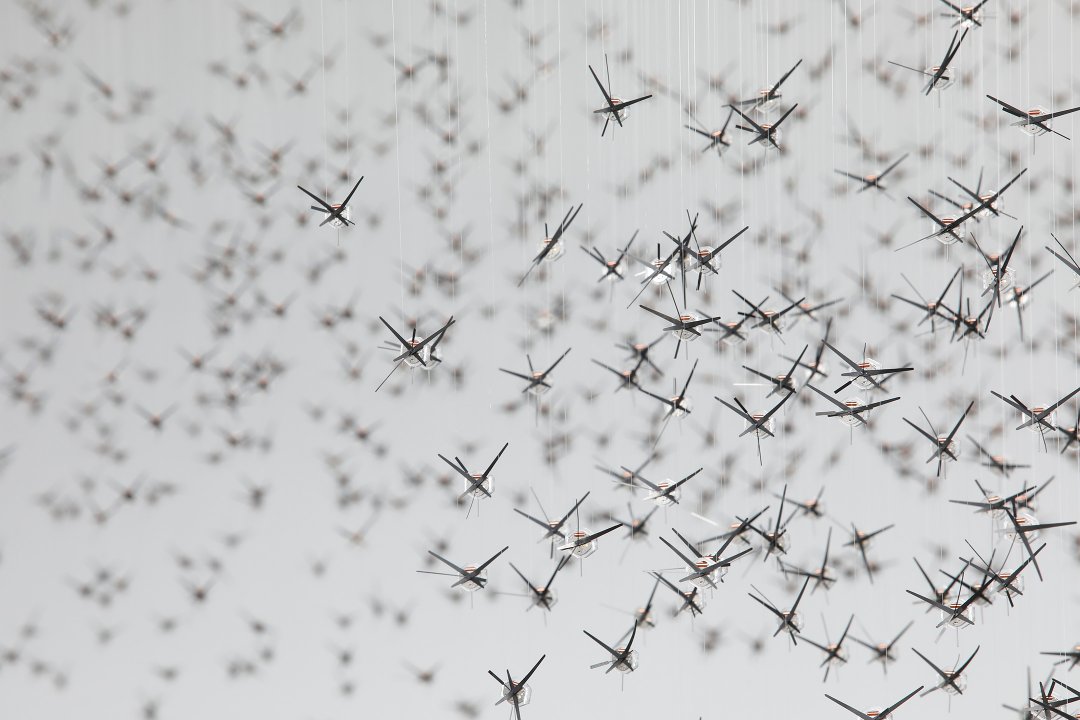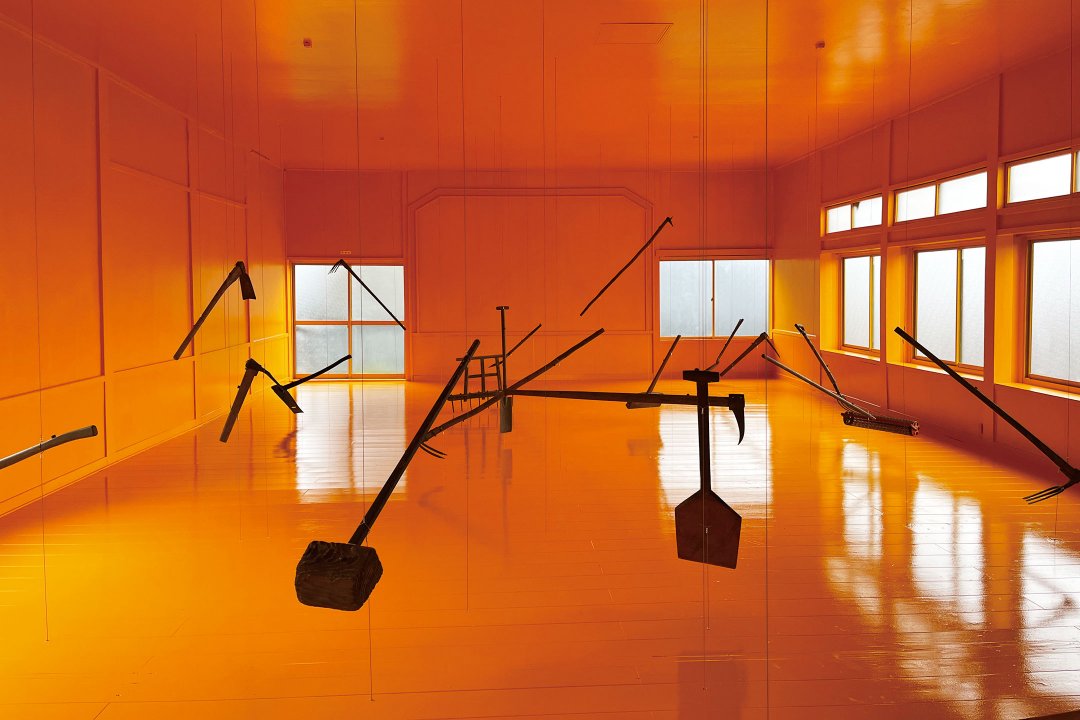Thinking 21st century art in the world from Niigata
Echigo-Tsumari Art Field - Official Web Magazine
Staff / From behind the scene of Echigo-Tsumari
Thinking about relationship between nature and human - A report on activities on Learning with Fram
20 November 2020
“Learning with Fram” is a series of lectures, workshops and other activities lead by KITAGAWA Fram, General Director of ETAT to learn how regaioal art festivals are developed through participation on site. Visiting Echigo-Tsumari on regular basis throughout the year to attend activities such as weeding, harvesting and caring artworks and learn about the regaion through working together with locals. The 7th series was held at Matsudai Nohbutai on 20 October 2020.
Two perspectives to look at satoyama
The 7th acivity consisted of two components – “Joyama Club”, to observe vegetations and living creatures in different seasons in Joyama adjecent to Matsudai Nohbutai and “cultivating environment workshop” to learn the relationship to nature as you actually work on nature.
During “Joyama Club”, we walked around Joyama with the local expert, Matsuyama Kinichi. They managed to have a glimpes of what it means to live with nature by giving closer look at the ecosystem of satoyama including plants, insects and birds. While at “cultivating environment workshop”, we looked at Joyama from wider perspective under the guidance of Takano Fumiaki from Takano Landscape Planning Co., Ltd and learnt the relationship between nature and human through maintaining the environment.
The full-day program offered to review the value of satoyama from two different perspectives.
In the dialogue with nature
At the begining, we had closer look at “The Rice Field” by Ilya and Emilia Kabakov, one of the iconic artworks in the Matsudai Joyama area. Takano described the view as “the forest are reaching out to the terraced rice field”
Nature can’t be left unattended nor just “protected”. It is necessary to attend through dialogue with ever-changing natural environment. It is important to observe living creatues, plants and trees in order to understand how the current satoyama is formed.
Kitagawa Fram shared the story which lead the birth of the artwork in the field.
It is when I was showing around Mr and Mrs Kabakov in the region over 20 years ago. Ilya started scketing the view of the terraced rice field from Matsudai station as if something had occured to him while we were waiting for a train. The artwork consists of sculptures of local farmers working in the terraced field and a frame holding words overlapping with these sculptures in distance. The piece of land in Echigo-Tsumari which has supported locals continue to live as they cultivated the terraced rice field on the site of landslide responded to the ideas that the artists had been imagining.
Artists who are inspired by the energy of the place and create artworks and locals who keep their lives in this place – we are reminded that the landscape in front of us exists based upon such mutual respects. We walked into satoyama after revisiting the agenda of the workshop.
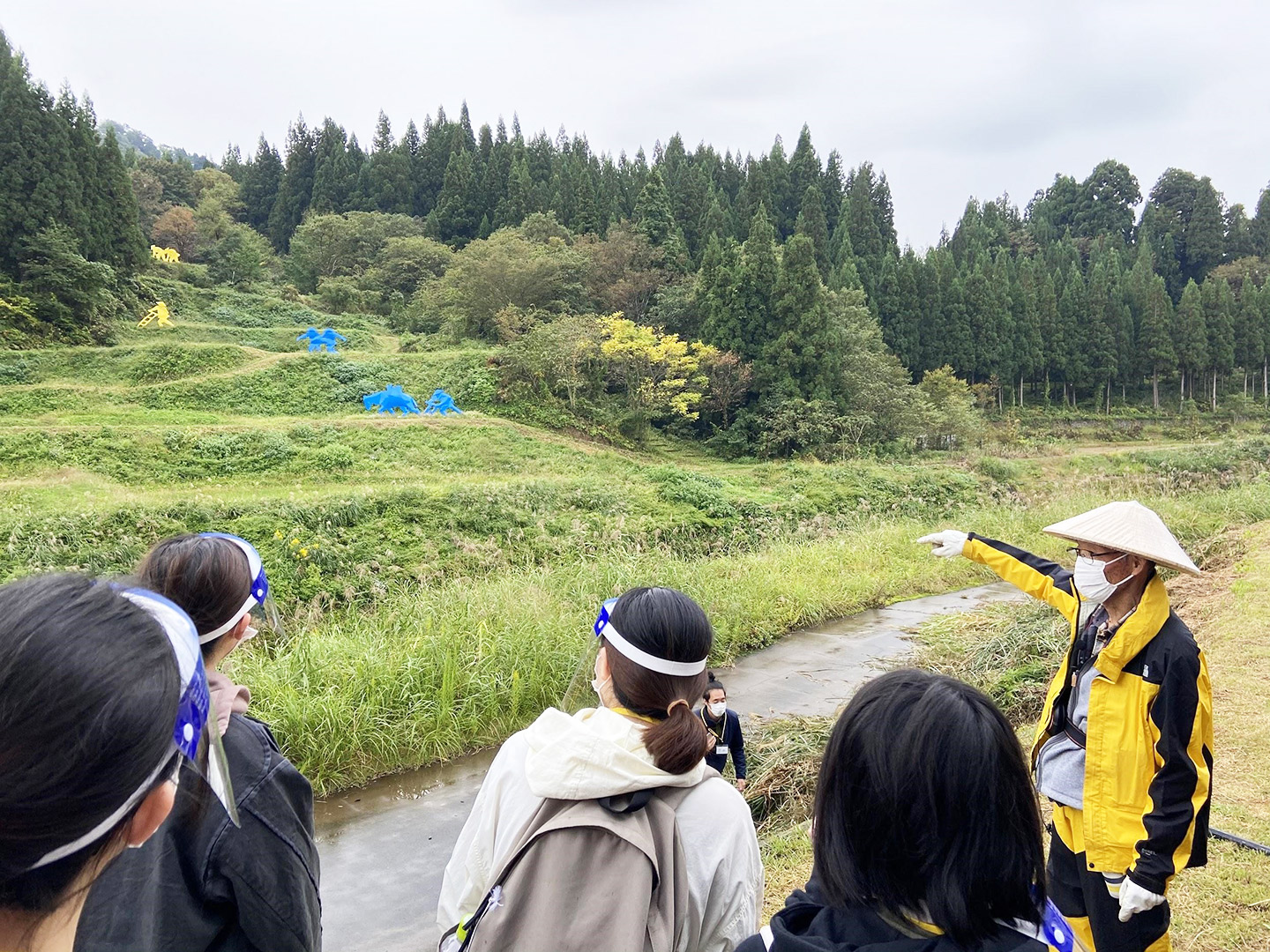
Departing from Matsudai Nohbutai and walking into Joyama
Walking through the field of goldband lilly, we walked into the wood as Kinichi-san introduced us about plants and trees. We reached an open space which was created as a base for the field museum in 2007 where the number of workshop have been held.
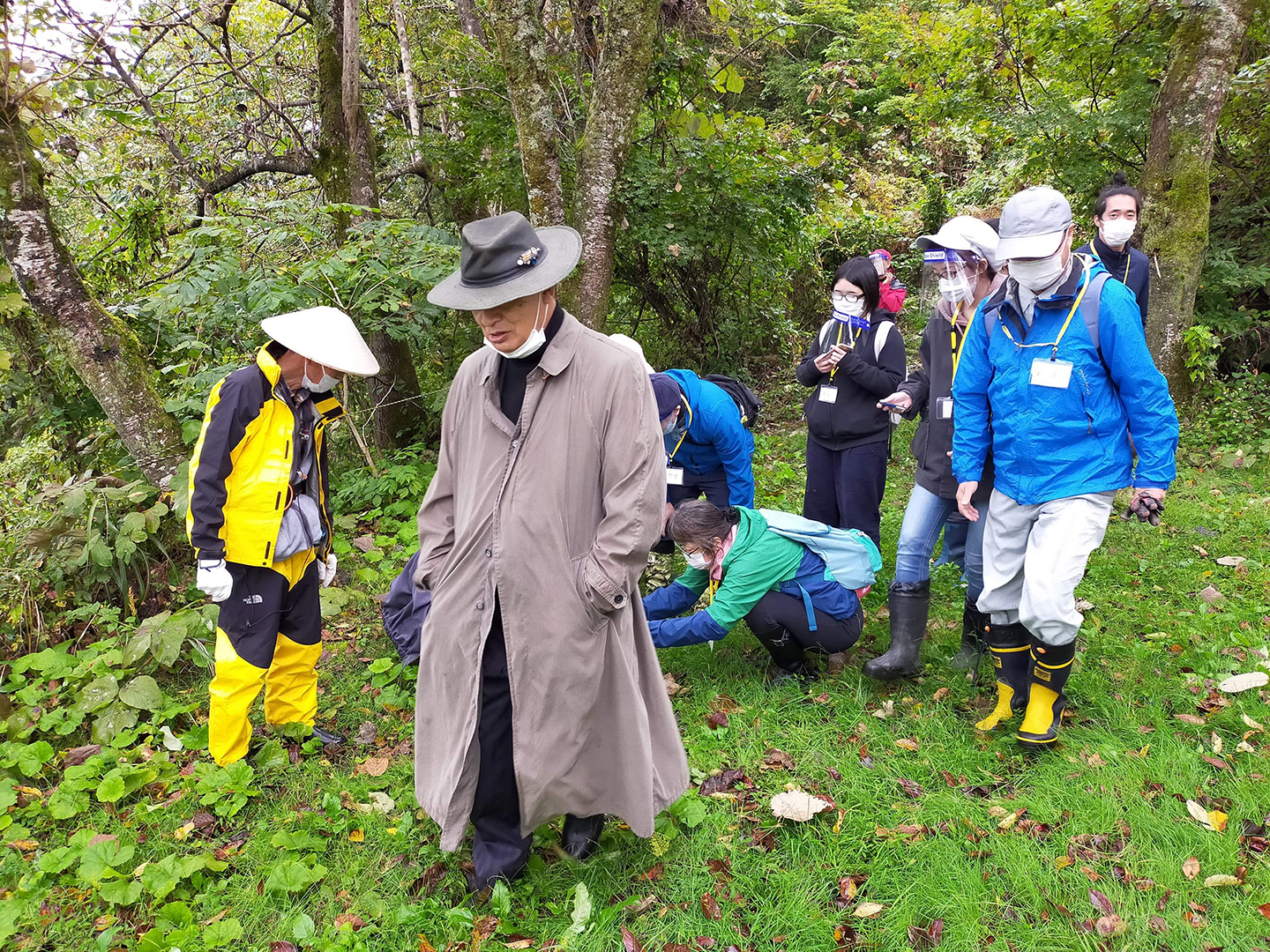
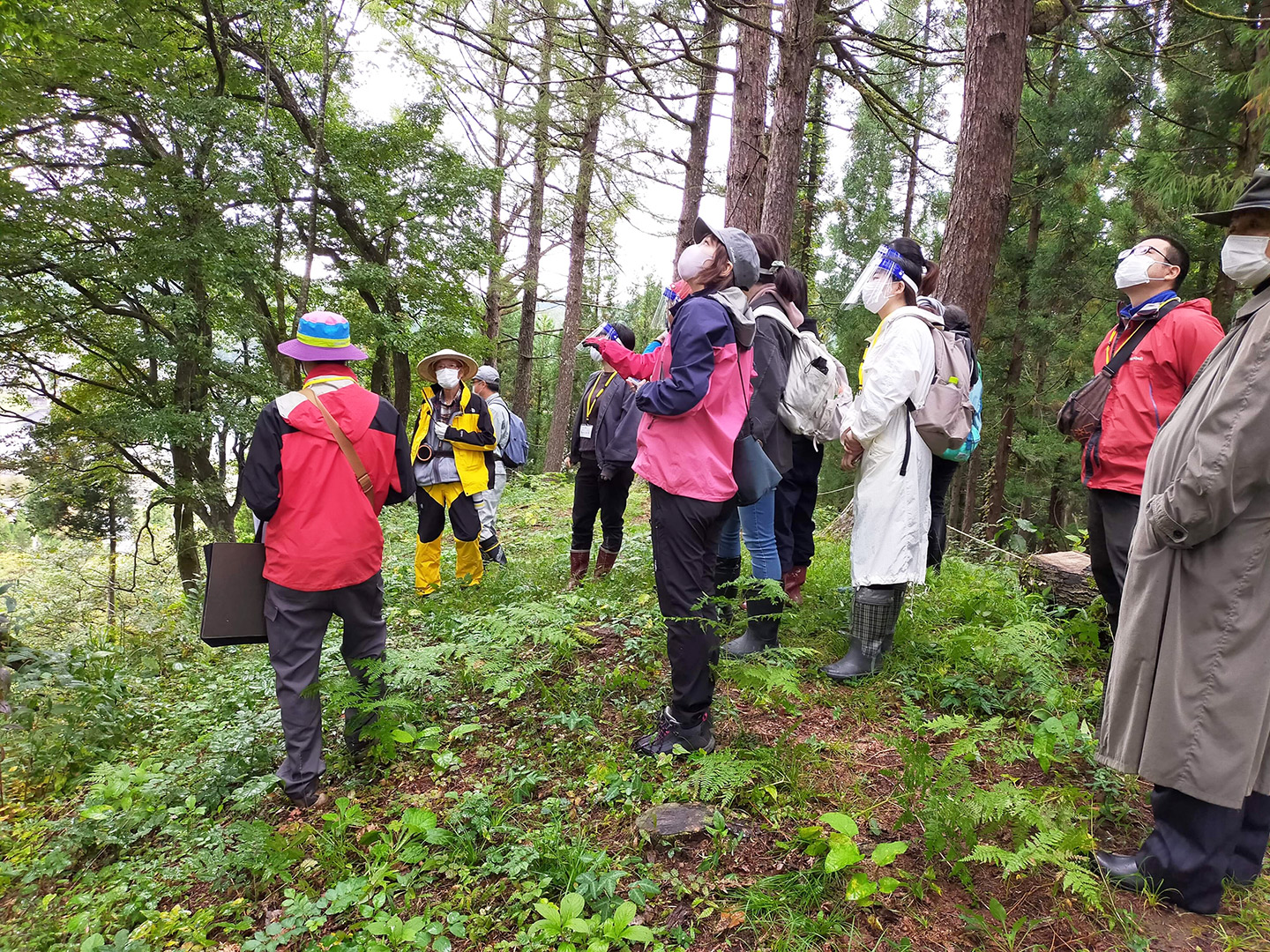
It was once used as a place to hang and dry rice plant harvested along the Shibumigawa river. The larch trees planted in straight line showed that they were once used as hanging for drying rice plant.
As the threshing process changed, the place was no longer used and became unattended. However, it has been given a new life as a colony of dogtooth violet as we worked in co-operation witih locals and schools. Revisit these changes made by human and continued to work on the nature as you relaunch dialogue – we watched such cycle was forming as we were shown some photographs documenting these changes.
While cutting down forests tend to be perceived as something negative, it is not necessarily a bad thing to be related to nature. A new kinds of grasses and plants glow as trees are cleared. While then changing of environment for human takes place every 10 years, we have to think about the relationship with nature in 100 or even 1000 years (Takano).
We could say that both plants and humans respond to one another in order to live comfortably in changing environment. (Kitagawa).
We discovered a small gentian blooming as we listened to the conversation between two lectures.
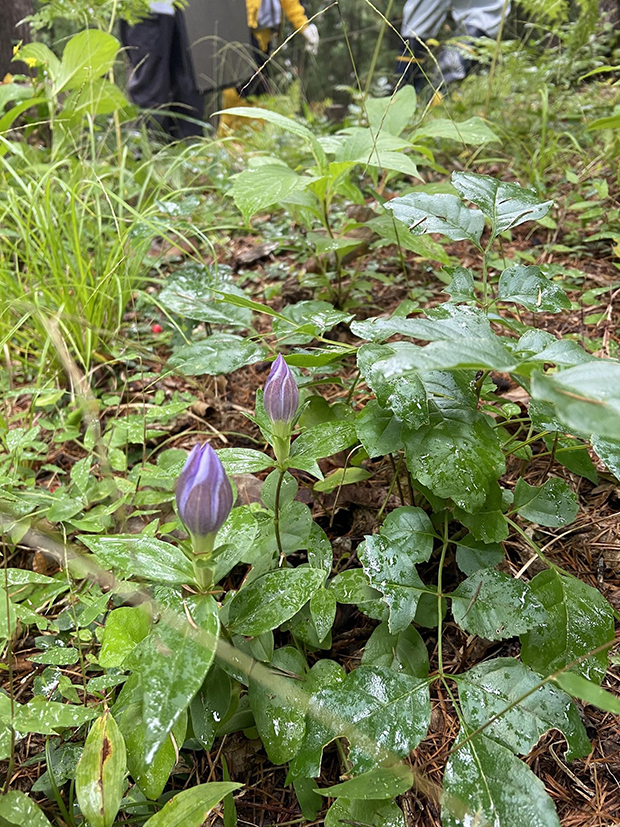
A landscape where you can see human activities
We walked back to Matsudain Nohbutai for lunch for a break. Takano improvised a presentation telling us about different projects he had worked not only in Echigo-Tsumari but also in Hokkaido where he is based at as well as collaborative work with international partners.
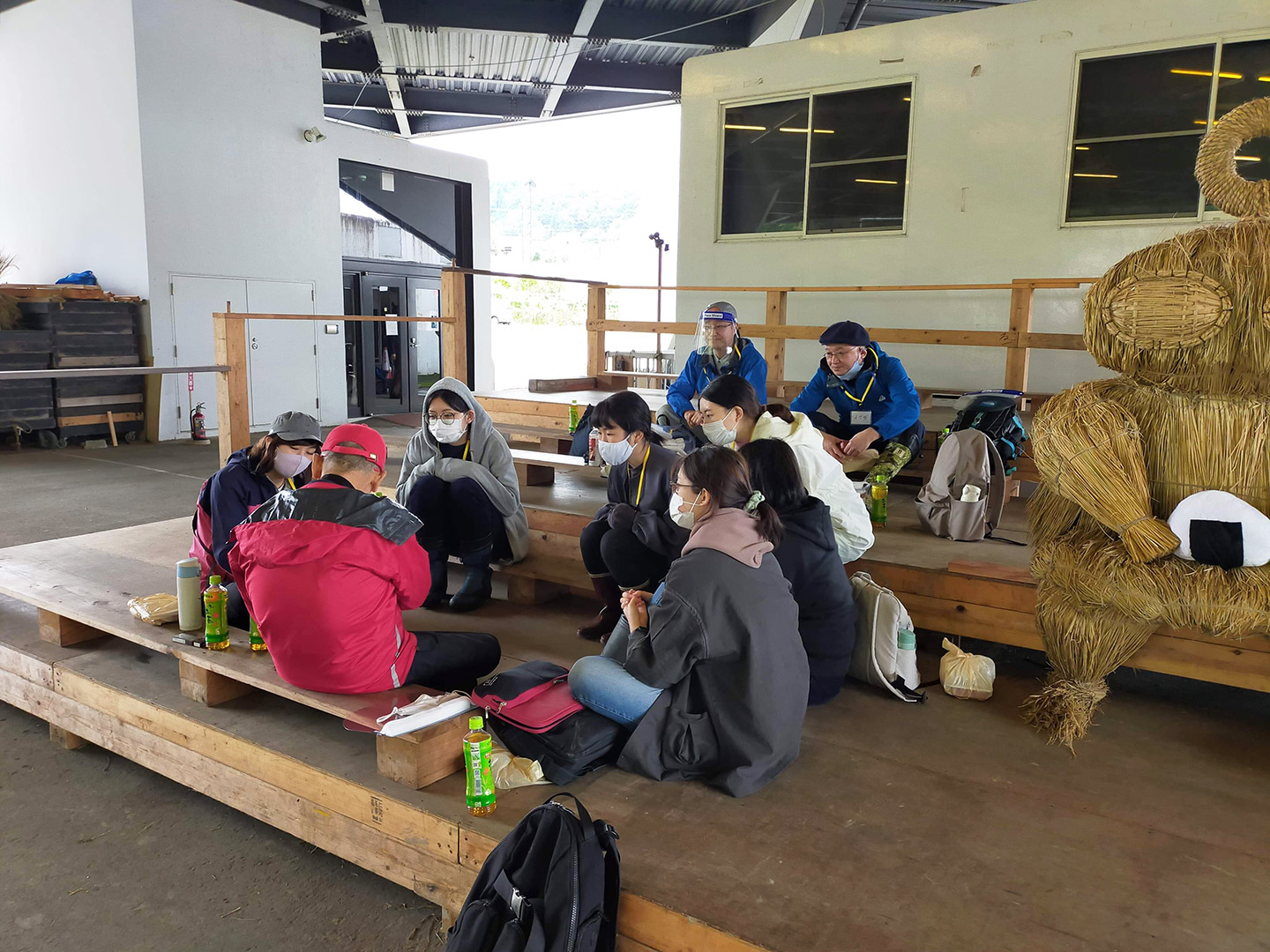
We walked up to the Matsudai castle in the afternoon to attend the “cultivating environment workshop”. As we reached to the Matsudai castle after going through a very narrow and steep pathway, we got a panoramic view of cityscape of Matsudai and the peaks of Uounma!
Fram said “by looking at the city and mountains behind from different perspective, you can get a better sense of how the site of landslide became the terraced rice field. We can feel the great energy of people climbed up mountains and worked here”. We could feel the profound respect that he has for local people who have continued to live here despite harsh challenges imposed on them by environment.
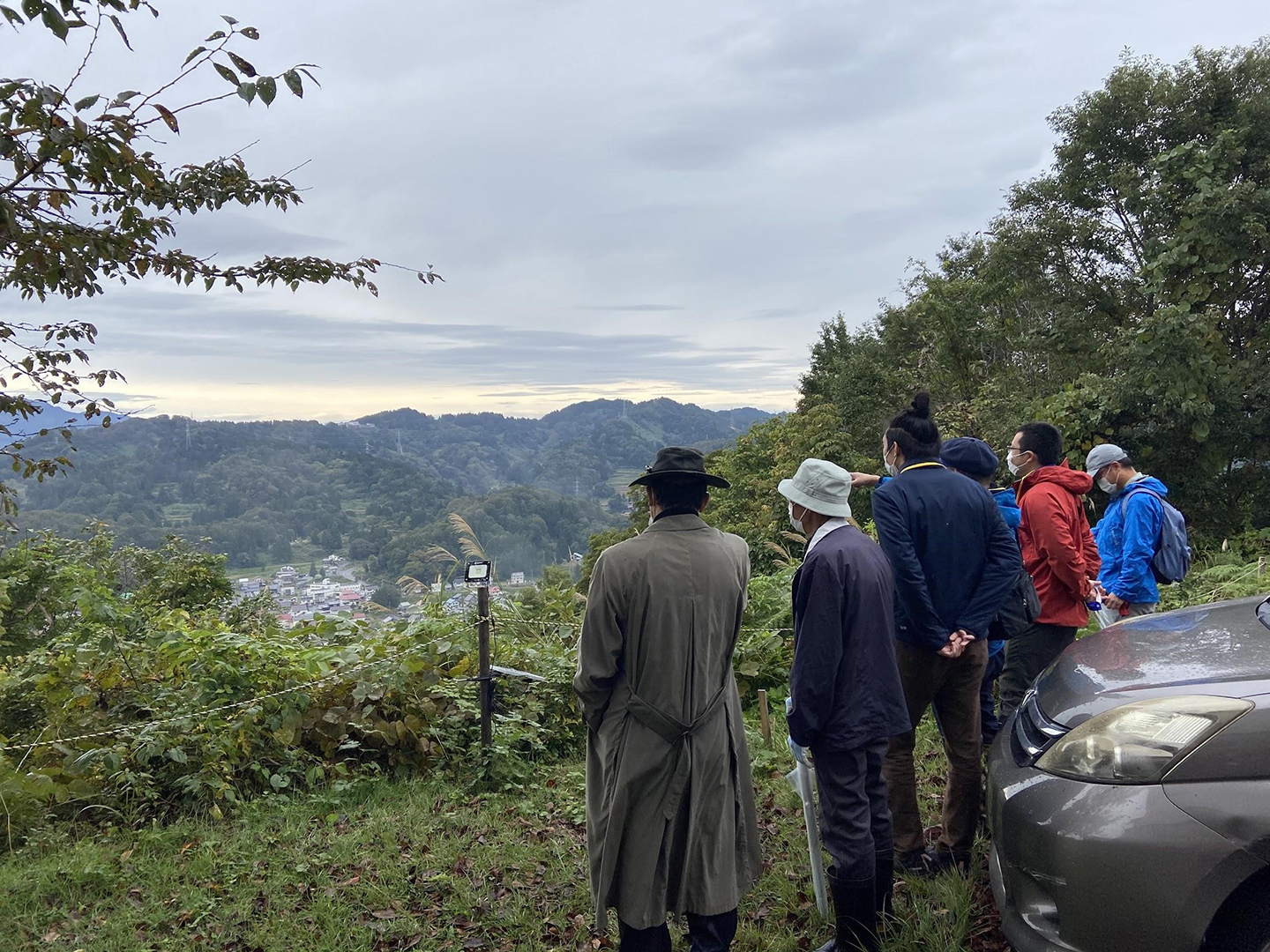
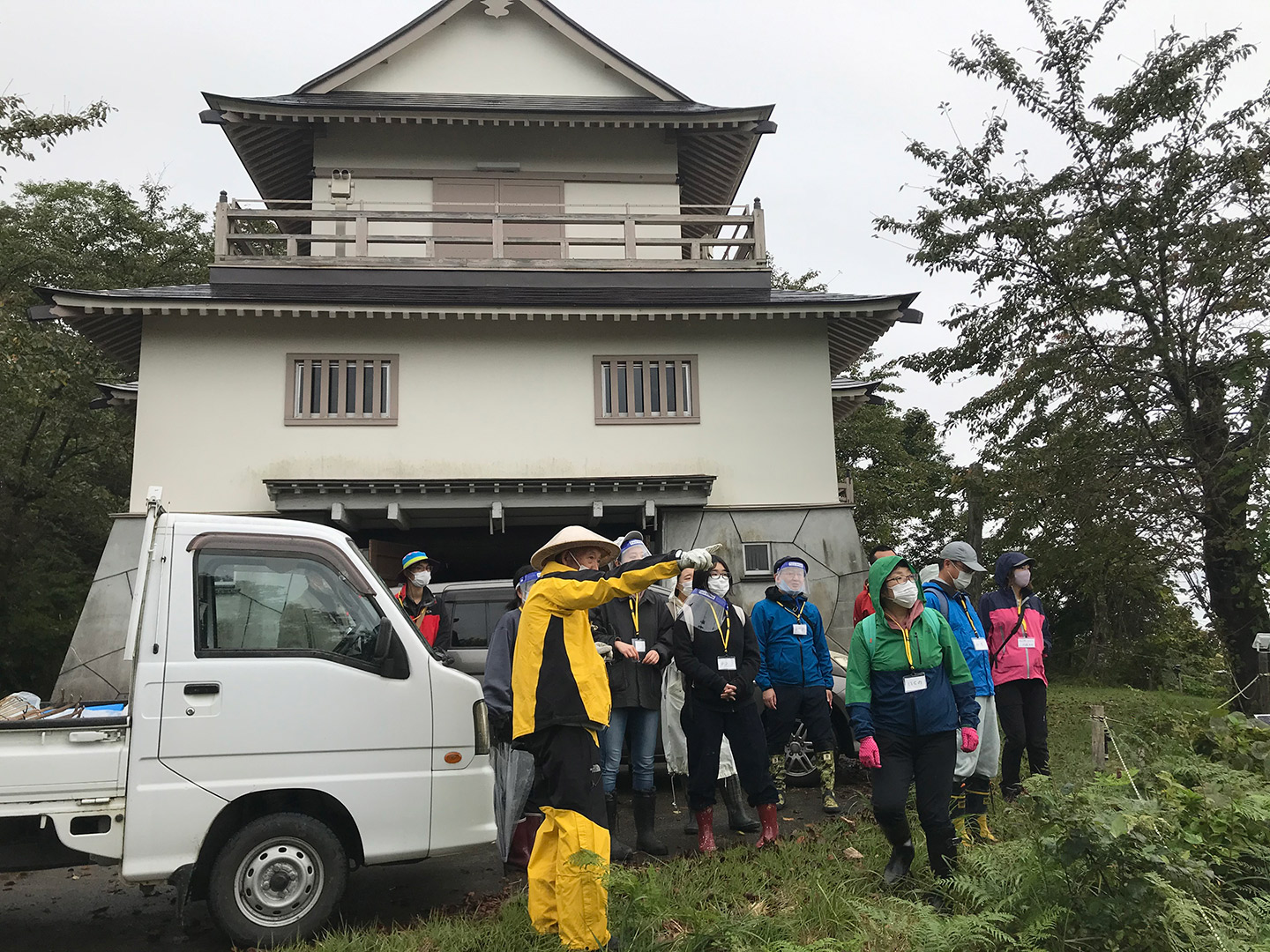
What is "satoyama design" with human intervention
Finally we worked on the surrounding of the Matsudai castle.
The maintenance of the forest includes diverse works for different purposes. For most of the participants it was the first serious cutting down trees. We bagan by deciding who does what first and being taught of how to use respetive tools such as small saws, sickles, and beaver saws. We worked diligently by double checking the purpose and necessity of leaving one tree and cutting the other.
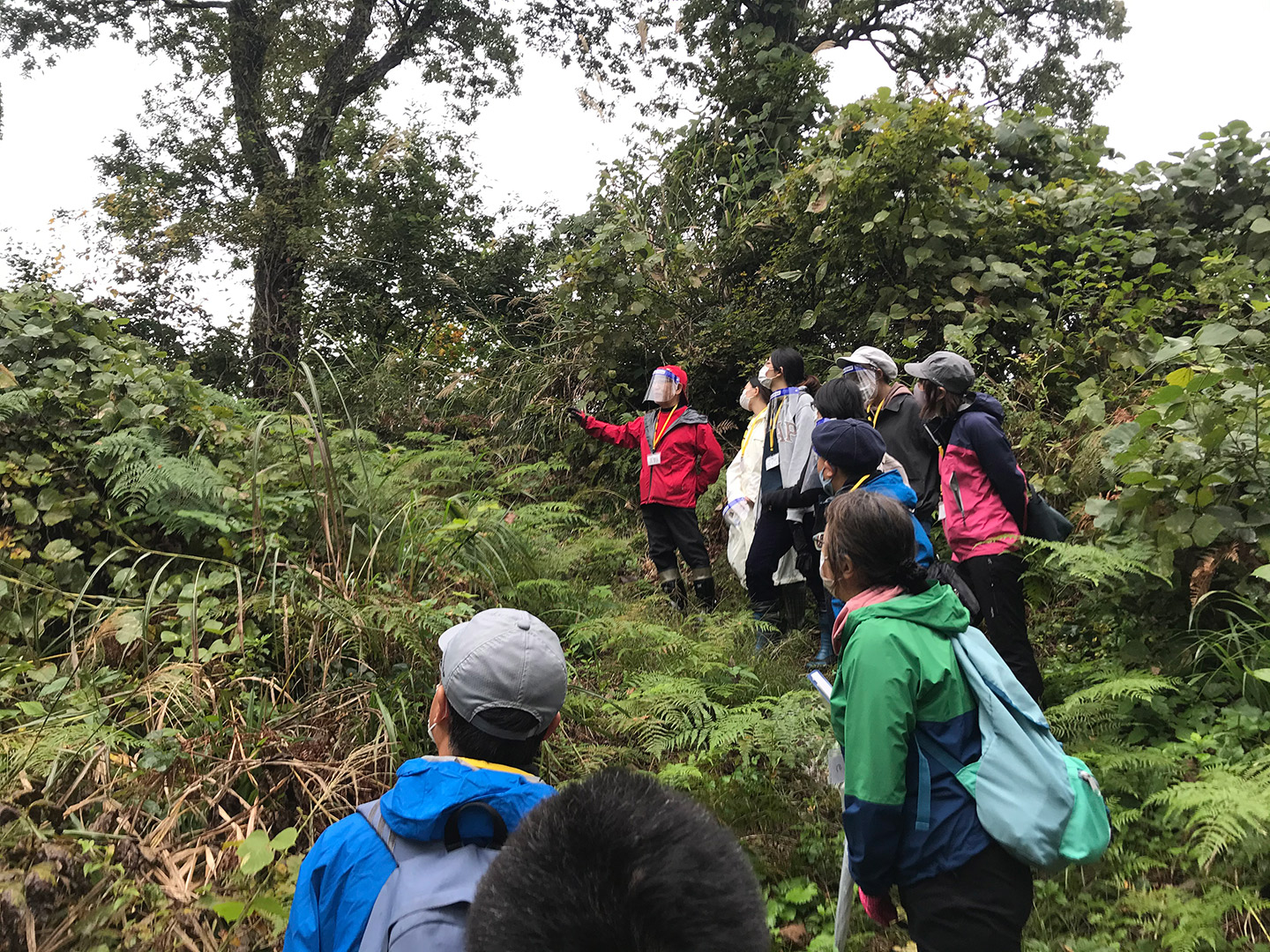
While adding buildings and planting is called “desiging of addition”, weeding and cutting down trees is called “design of subtruction”. Takano told us that it is important to organise entire landscape from birds view as you rearrange the field and give rooms to tress, grasses and flowers to grow.
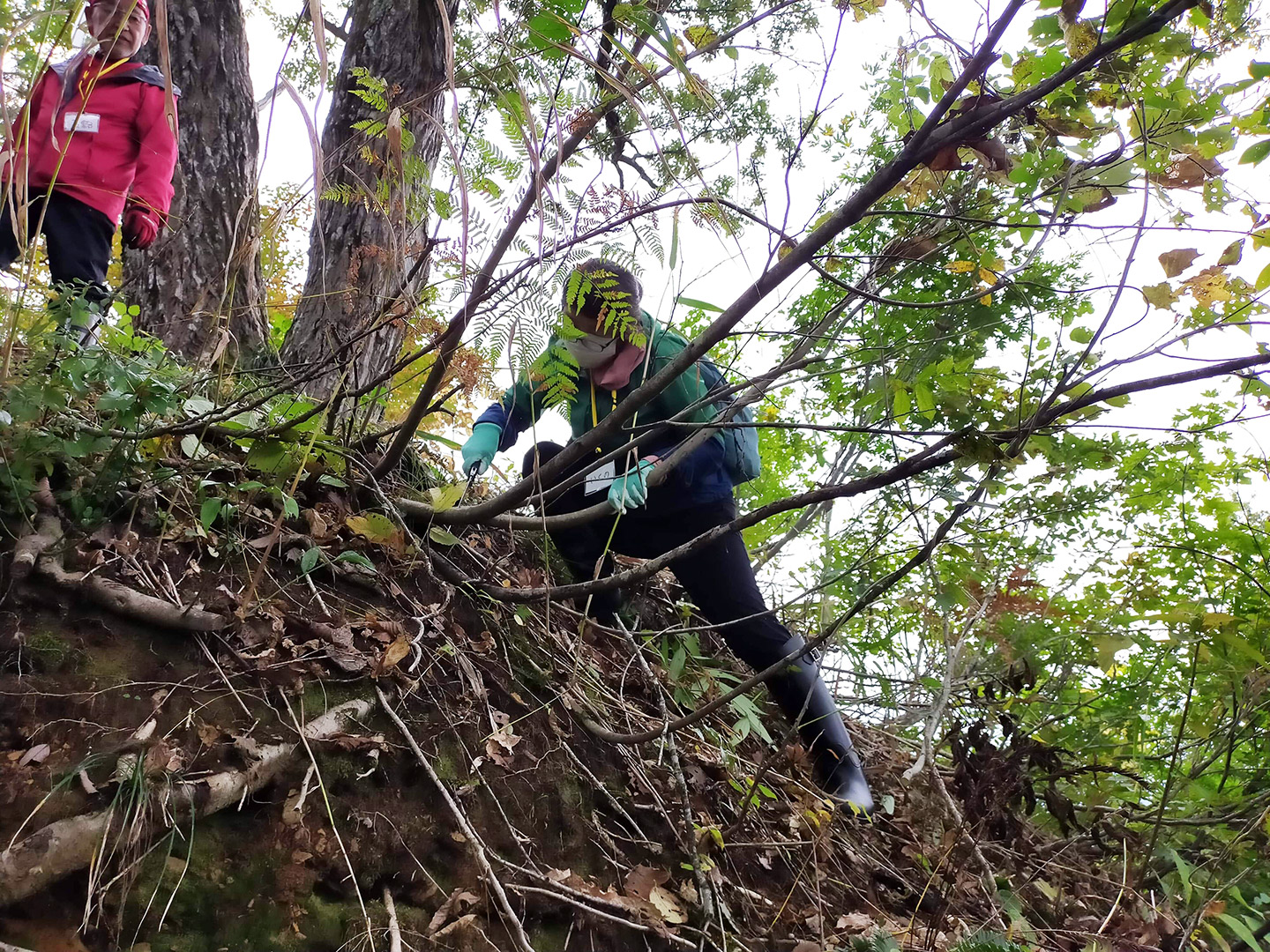
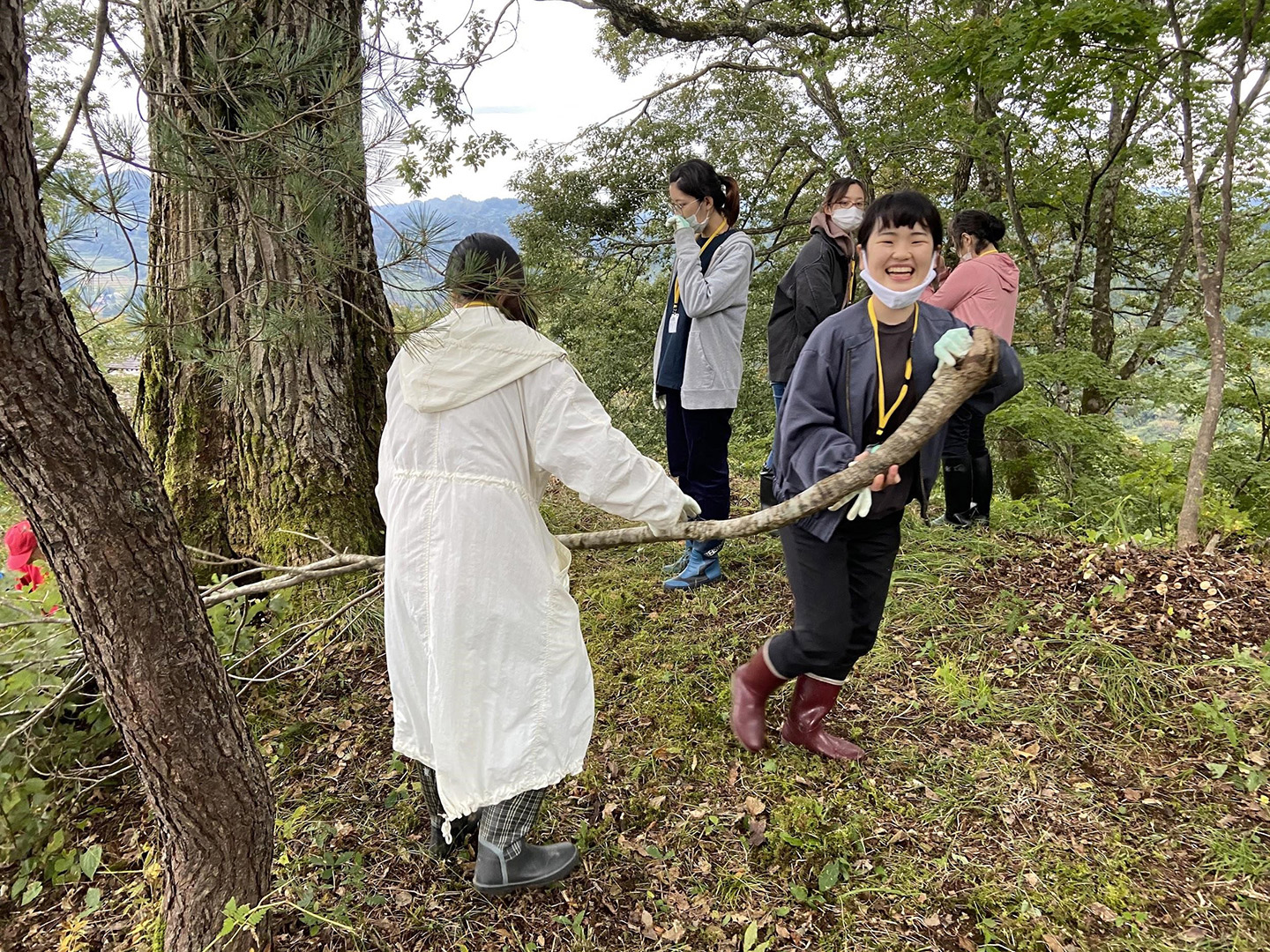
What a different landscape as a result of each person’s effort of cutting down trees!
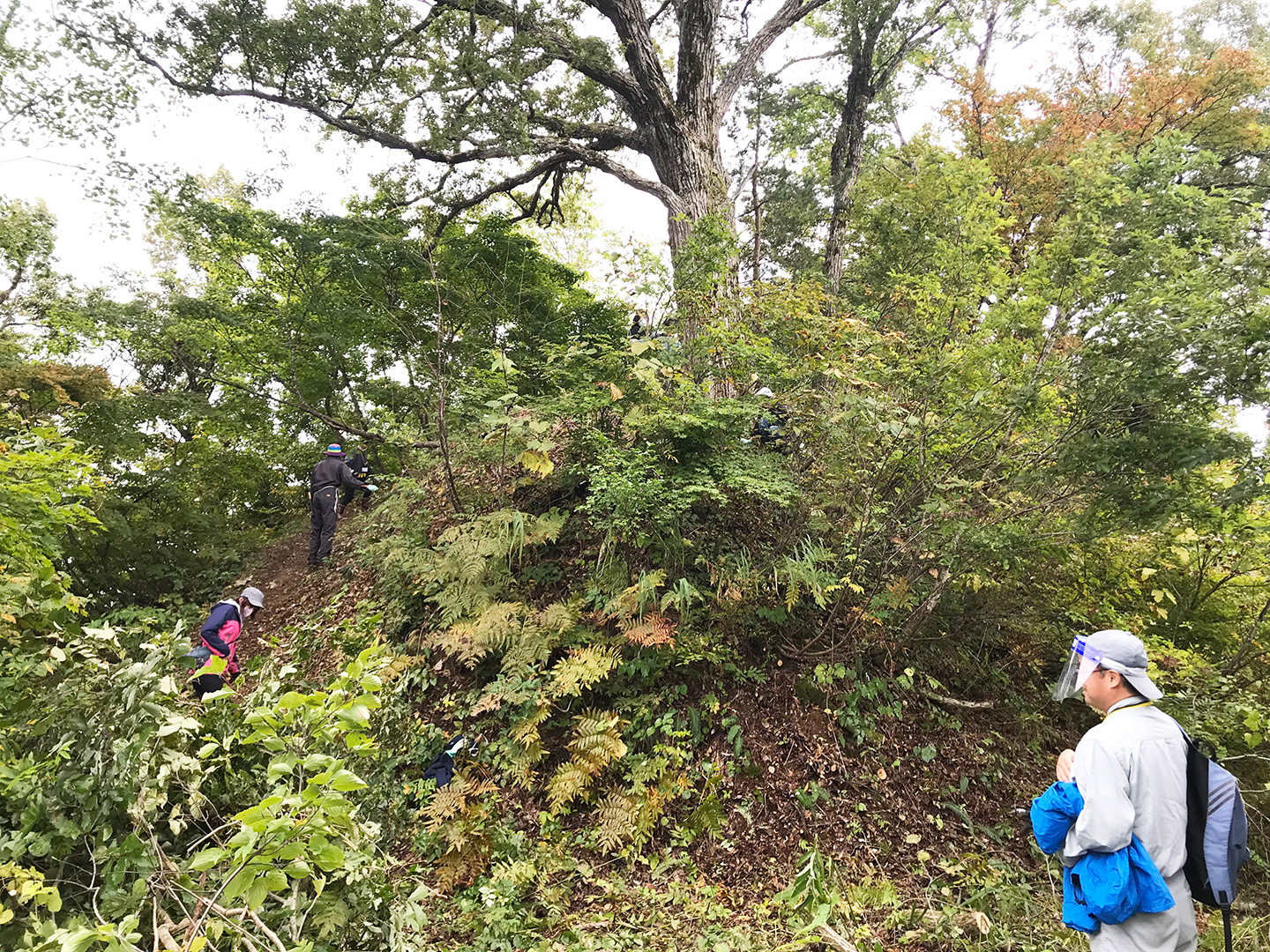
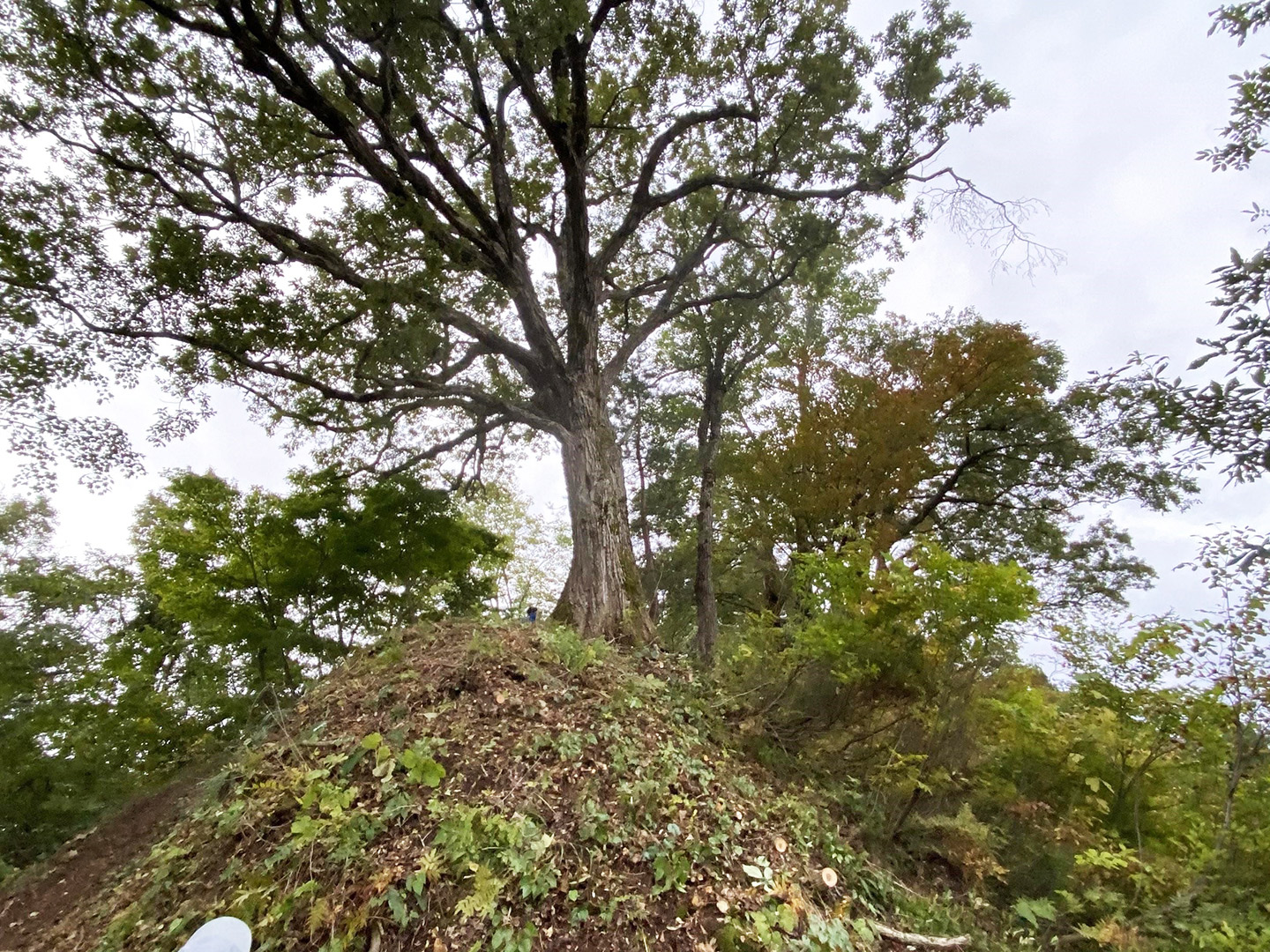
Diverse participants became one team
The last part of the session was allocated for participants to share their thoughts. Everyone said a few words about what they realised from today’s activities and what they wish to learn from joining “Learning with Fram”.
The person who came from Chongqing of China to study sociology at a graduate school said that “I feel people have less consciousness about “making the landscape beautiful”when cutting down the forest at home even though they were not destroying the environment. To make the landscape more beautiful represents what kind of relationship that humans have with nature. I learnt something so important in the present time when the relationship between human and nature is getting distant.”
Another person who participated in ETAT2015 as kohebi member said “I joined weeding at Matsudai Nohbutai before but I was able to feel more about this region from the local expert who told us about distinctive wisdoms. I felt the significance of the existence of someone who can talk about the place.”
Other participants included people who engaged with restoration of the region after the Chuetsu Earthquake as well as person who was in charge of the local council when the Matsudai Castle was built. He shared about the struggles he experienced during the construction and left with a message of hope in the future which went“I am hopeful to see Joyama is revised again”.
We also asked staff members and people from Takano Landscape Planning to give a few words.
“Having artworks installed across satoyama is not an art festival.”
“By looking at an environment where an artwork is presented would lead to protect forests and satoyama. We expect that artworks to help keep the appropriate balance between human and nature. We also hope that this place would help participating artists feel how the environment would change over time.”
“We hope that through works and activities would have opened up your mind to consider how you wish the region to be and how you continue to be part of the place”.
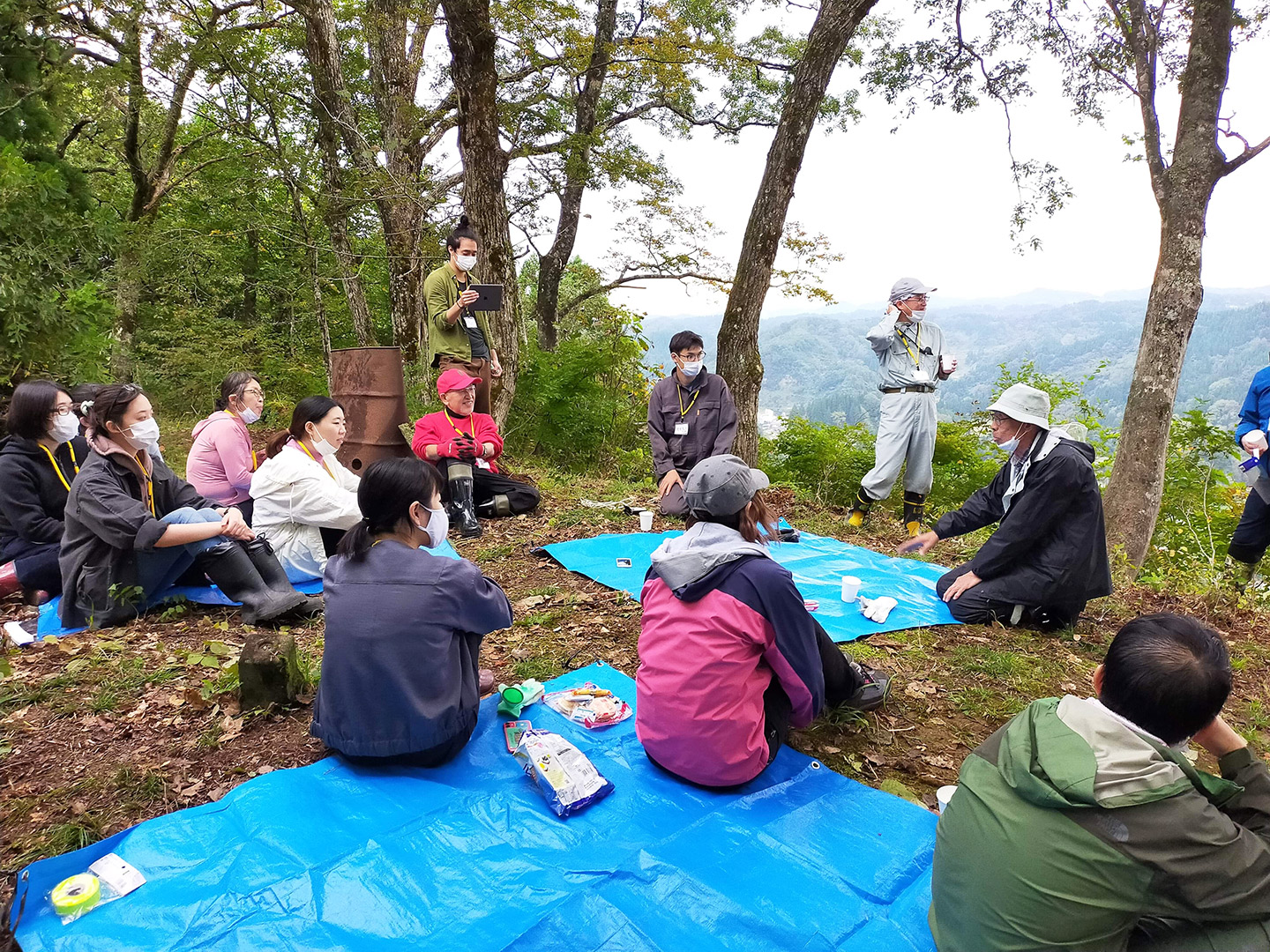
At the very end of the session, Takano gave us encouraging remarks as follows:“Artworks change under the influence of nature and environment contributes to such changes. What we keep and what we let go. We are asked to make choice of what should be kept even they may change their forms and places they belong to. You will be able to notice changes of environment if you continue to engage. I would like to form such team of people with kohebi members and local people. “
We concluded the session by sharing a feeling of gratitude that we were able to have held this activities despite the difficult situation brought by the COVID-19 pandemic.
As a place for leaning - the future of "Learning with Fram"
While what we gained through participating in the activity would vary from one person to another, we could feel that everyone had something to learn. This activity aiming to consider the relationship between natural environment and human which also replicates the concept of ETAT offered a place where people learn the relationship between nature and human as various people including locals, participants and artists were engaged. I felt I was able to see how art could work as a catalyst to nurture such dialogues.
I am very much looking forward to seeing with locals how new artworks which will be created in the region in future will transform the environment. “Learning with Fram”will continue as a platform for learning for kohebib members, artists and locals.
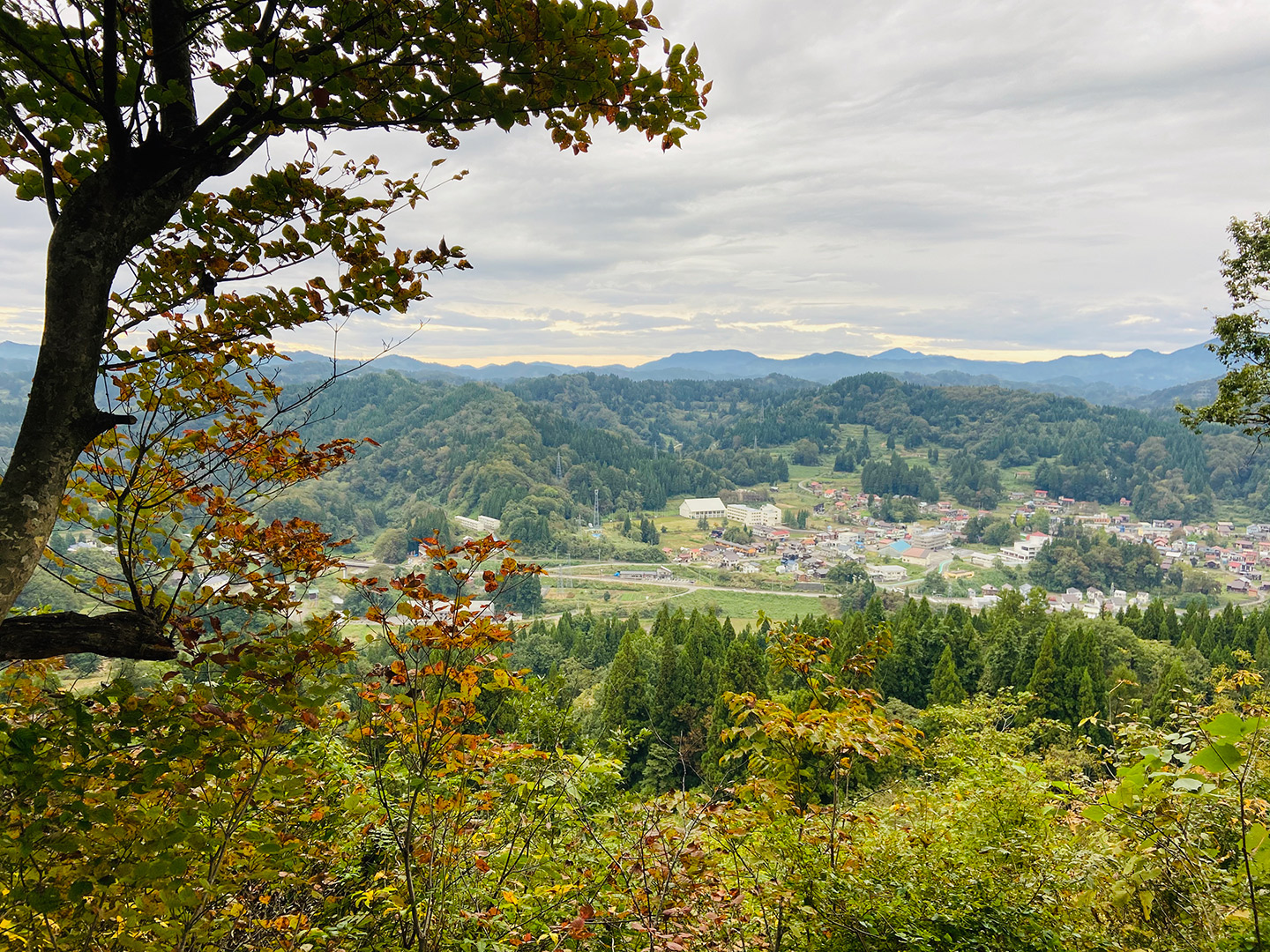
Sato Ayu, Tokamachi-city Council, Tourism Division, ETAT team / Chiiki Okoshi Kyoryoku-tai member
Articles
Latest Articles
Stay connected with the ETAT official social media to receive the latest news and event information, and the many seasonal faces of Echigo-Tsumari as well as new issue of the ETAT official media, “Art from the Land”.





